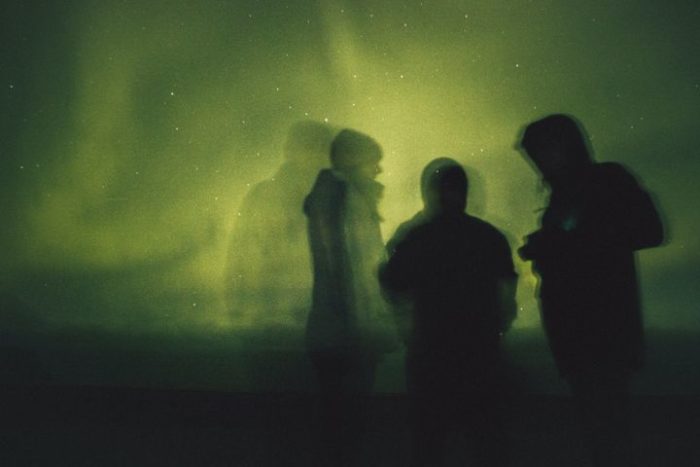
New article “Who are you, the people” by Salla Tuomola of University of Tampere investigates a well-known Finnish right-wing populist website MV-lehti (“MV” being the initials of an expression in Finnish equivalent to “WTF” in English, and lehti means magazine), and how it constructs the concept of “the people” in its articles.
The author mainly draws from Wodak’s (2015) definition of right-populist rhetoric: it divides the world into “us” and “them” and presents a positive self-representation combined with negative other-representation.
A particular feature of MV-lehti is the use of mainstream media articles as sources while remaining critical to it and itself opting out of ethical, regulatory bodies of journalism in Finland.
The study collected a total of 110 articles from MV-lehti related to two cases. First, an autumn altercation occurring in September 2016 involving a Finnish man who was subsequently kicked in the chest in the chest by a neo-nazi National Resistance Movement demonstrator after expressing distaste toward them.
Second, also from September 2016, where a Finnish man in a small village called Otanmäki was killed by two asylum seekers from Iraq staying at an accommodation centre. Both cases gained publicity in other media, the first even abroad in publications such as The Guardian and Bloomberg.
The author uncovered three broader themes from the rhetoric in the articles. First, the strengthening of national identity (1), second, the creation of exclusion and fear (2), and third, justifying one’s own ideology (3).
In the case of the first theme, the stories explicitly contrasted the “refugee kids” (kids often used sarcastically while referring to adult refugee men) and the native Finns. It was claimed that the former were allowed to protest, while the latter were not. The murder victim in the second case become emblematic of “us”, as he, as the author also notes, was unquestionably a peaceful, humble man.
Social cohesion relating to national identity was strengthened by contrasting the people protesting against immigration against the elite, which was seen as hostile. It was distinctive that in the Station Square case, the “other” was politicians and mainstream media, while in the Otanmäki case it was the Muslim immigrants.
For the second theme, the Finnish man opposing the neo-nazi protestors was presented in negative light by focusing on speculations and known tidbits of the man’s past. Negative presentation was also used on the asylum seekers, and in contrast, positive presentation on right-wing groups referring to the victim in Otanmäki as a “war hero”.
Lastly, the third theme was characterized by assuming a set of rules that was at odds with that of the mainstream society. Thus, it was implied that the violent reaction to criticism in the Station Square case was justified. Second, it was implied that turning away refugees and asylum seekers would be justified, because they would presumably not appreciate such help anyway.
In conclusion, Tuomola feels justified making the argument that the construction of people in MV-lehti is a politicized construction at odds with the constitutional state and democracy, as “the people” is constructed as those sharing the writer’s world-view.
The article “Who are you, the people” by Salla Tuomola of University of Tampere in Nordicom Review, March 3 2021. (free access).
Picture credits: Ihor Malytskyi
License Unsplash